Spectroscopy on the Cheap
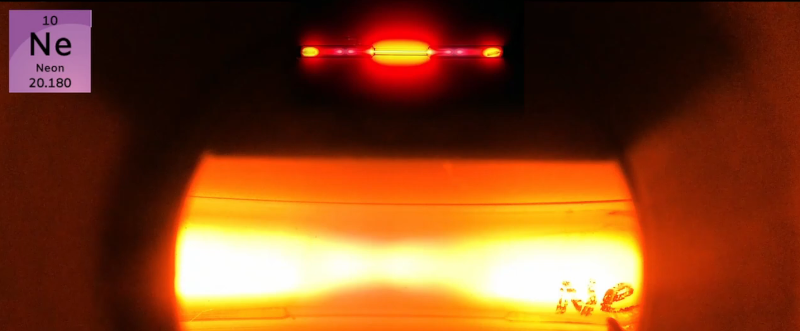
[Project 326] wanted to know exactly what gas was in some glass tubes. The answer, of course, is to use a spectrometer, but that’s an expensive piece of gear, right? …read more Continue reading Spectroscopy on the Cheap
Collaborate Disseminate

[Project 326] wanted to know exactly what gas was in some glass tubes. The answer, of course, is to use a spectrometer, but that’s an expensive piece of gear, right? …read more Continue reading Spectroscopy on the Cheap
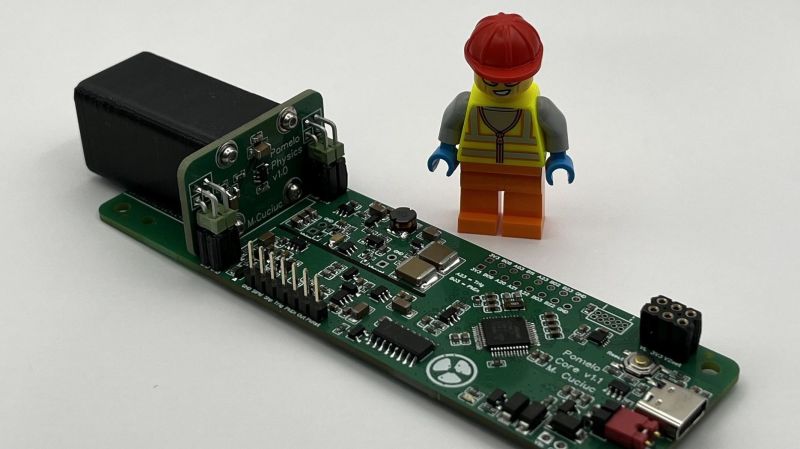
Depending on the circumstances you find yourself in, a Geiger counter can be a tremendously useful tool. With just a click or a chirp, it can tell you if any …read more Continue reading Gamma Ray Spectroscopy the Pomelo Way
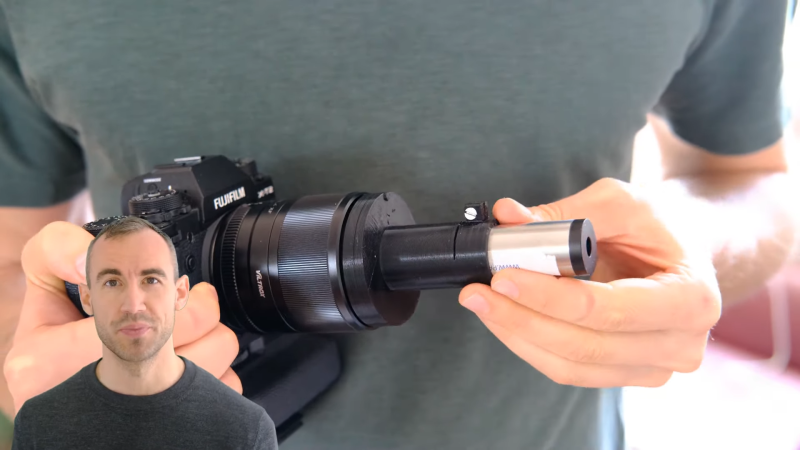
Here at Hackaday, we love it when someone picks up the ball from a previous project and runs with it. That’s what we’re all about, really — putting out cool …read more Continue reading An Improved Spectrometer, No Lasers Required
It’s easy to forget that most animals don’t see the world the way humans do. In fact, with infrared and ultraviolet sight, many animals experience a world that is completely invisible to us.Continue ReadingCategory: Biology, ScienceTags: University of … Continue reading Camera captures the world as animals see it, with up to 99% accuracy

If you’re worried that [Roman Dvořák]’s spectroscopic analysis of fireworks is going to ruin New Year’s Eve or the Fourth of July, relax — the science of this build only …read more Continue reading Seeing Fireworks in a Different Light
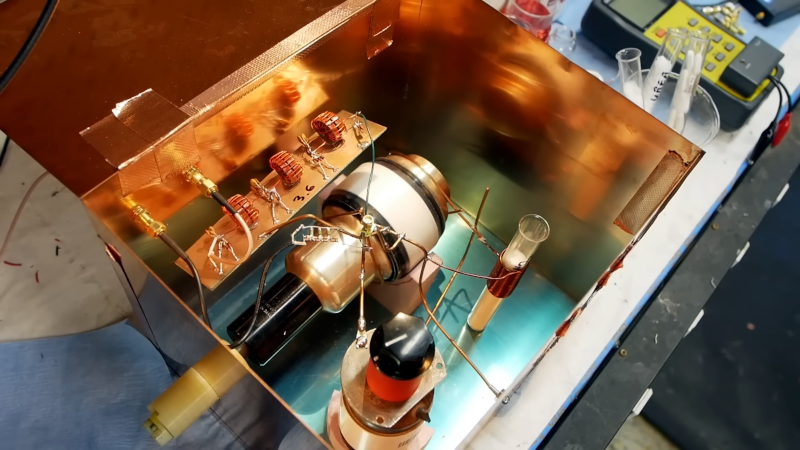
Spectrometry is a well-known technique or, more correctly, a set of techniques. We usually think of it as the analysis of light to determine what chemicals are producing it. For …read more Continue reading RF Spectrometer Sees Inside
Engineers at NASA’s Goddard Space Flight Center have developed a tiny but powerful laser that could one day help astronauts find water on the Moon. Smaller than a US quarter, the laser makes use of quantum mechanical effects to produce a beam in the te… Continue reading Tiny quantum cascade laser could help astronauts find water on the Moon
The most comprehensive picture of the Milky Way galaxy just got even more detailed, as ESA’s Gaia mission has unveiled its third data release. The new dataset updates information on almost two billion stars, including their makeup and movements, as wel… Continue reading Gaia maps two billion Milky Way objects in unprecedented detail
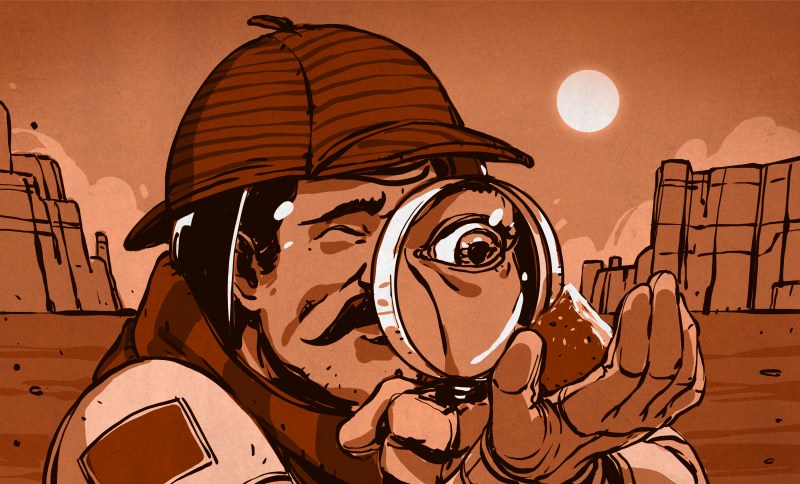
Humanity has been wondering about whether life exists beyond our little backwater planet for so long that we’ve developed a kind of cultural bias as to how the answer to …read more Continue reading SHERLOC and the Search for Life on Mars
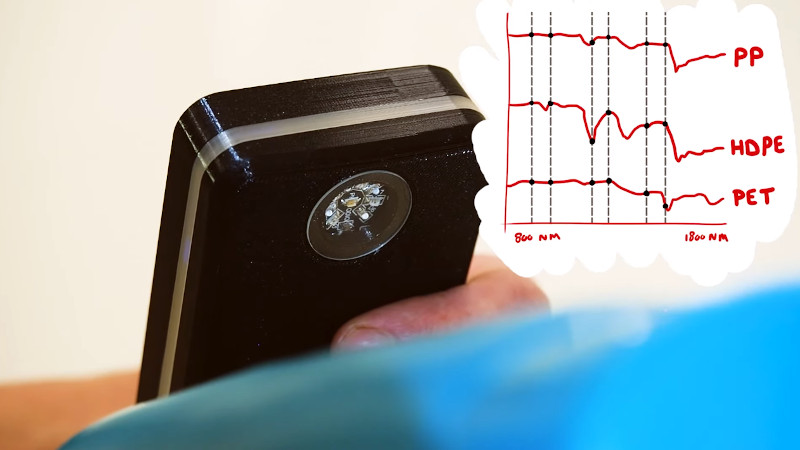
One of the challenges involved in recycling plastic is determining the specific type of plastic a given item is actually made of. To keep up with demand, large scale recycling …read more Continue reading An Open Source Detector For Identifying Plastics